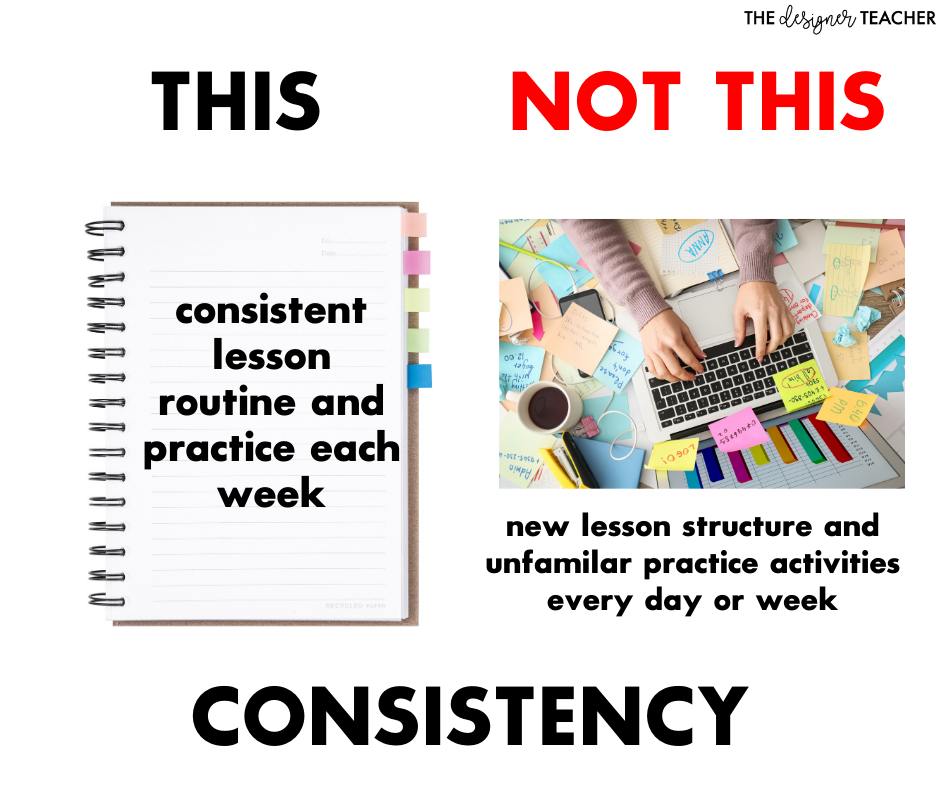4 Things to Look For In Phonics Materials
Over the last few years, many teachers and schools have started embracing the science of reading, including phonics instruction, which is amazing! Hopefully, your school is providing you with all the materials you need to effectively teach phonics. If that’s not the case (I know it never was for me, especially as a special education teacher!), you might find yourself looking for phonics materials on your own. While there are some great resources out there, there are some key things to look for:
1. Readable fonts. I like a fun font as much as the next teacher, but cutesy swirls or random uppercase letters don’t below in phonics materials. Letters should be easily recognizable so students can focus on actually reading, not struggling to tell whether a letter is an ‘f’ or a ‘t’ or a ‘y’ or a ‘v.’ In my own phonics materials, I generally use Century Gothic, which is very clear and includes accurate letter formation.
2. Clear images. Many phonics materials include illustrations and photos, which is great if they’re adding to students’ understanding. However, if images are there just for embellishment, it’s an unneeded distraction. The images should also be as clear as possible– you don’t want students wasting time trying to figure out what a picture represents.
3. Decodable words. You would think that all phonics materials would feature only words that students can decode, but unfortunately that’s not the case. I’ve noticed that phonics resources often include words that are technically decodable, but not for the level of student the resource is intended for. For example, a student just learning the digraph “sh,” likely won’t be able to read the word “shark,” even though it’s a phonetic word, because digraphs are typically taught before r-controlled vowels like “ar.”
4. Consistency New and creative activities can engage students, but when it comes to phonics, I believe consistency is best. Phonics is so critical, and I’ve noticed students progress most when you follow a similar routine each day and week. Students can focus on the skills you’re teaching, instead of figuring out a new kind of game or activity each week. This can also promote independence, as students will feel more confident when the routine and instructions are similar each week.
When I first started teaching, I had trouble finding phonics materials that were effective for my kindergarten-fourth grade students that needed intensive phonics instruction. The general education materials at my school moved far too quickly, and when I’d look online I found a lot of confusing fonts and clip art that distracted from the content. One summer, I decided to create my own curriculum, so that I could have everything I needed to teach phonics to my students in a consistent manner, without scrambling every Sunday night for materials for each of my small groups. The result in Phonics by Design, a comprehensive curriculum that includes lesson plans, posters, worksheets, assessments, games, and more. You can find it here!
Want to try some of the materials out first? Sign up for the The Designer Teacher mailing list and receive ten FREE short a CVC word worksheets straight to your inbox.
No time to read now?







